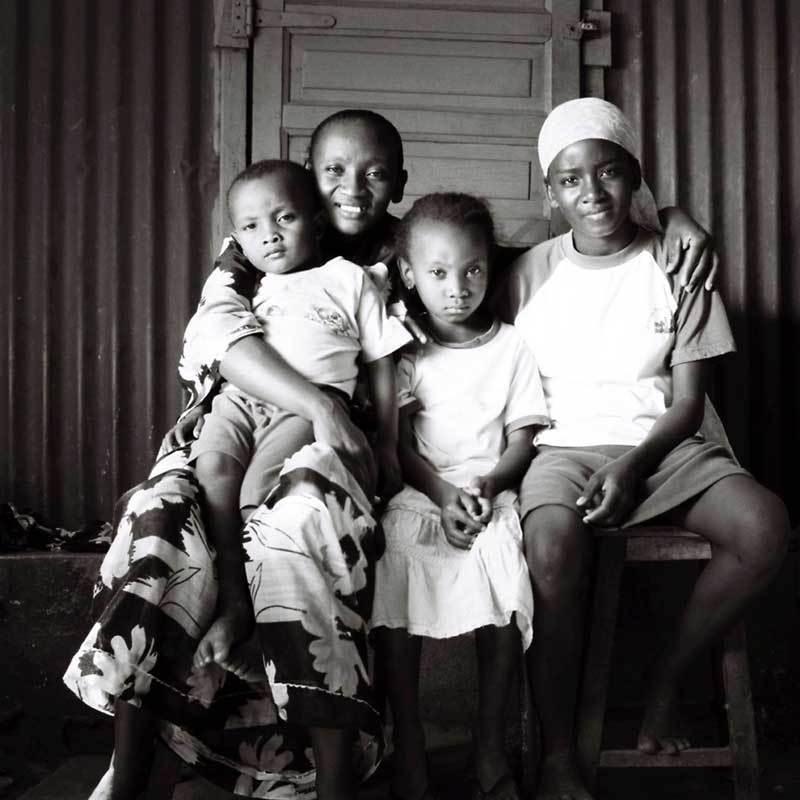Culture Malagasy: The Sakalavas
The Sakalava represent a remarkable ethnic and cultural group from Madagascar, mainly occupying the vast western coastal expanse of the island, extending from the Tuléar region in the south to the region of the Sambirano North. Nevertheless, it is important to note that the Sakalava do not form a homogeneous people, but rather a mosaic of diverse ethnicities that converged under the aegis of an ancient empire that emerged during the second half of the 17th century.
Sakalava society is distinguished by its matriarchal structure and polygamous practices. Men can have multiple wives, while women also have the option of having multiple husbands. This polygamy is partly explained by the perception of children as divine gifts. In the 18th century, for example, the royal family numbered more than 1000 children. However, to determine the royal lineage, it was necessary to restrict this descent to the children of the main wife and the main husband.
Madagascar's current culture displays a submissiveness to the husband that stems in part from its matriarchal roots.. Traditionally, Malagasy society was matriarchal, and some communities in Madagascar operated under matriarchy. In this context, women had complete responsibility for running the household.
Madagascan woman, due to the matriarchal heritage of Malagasy society, was the bearer and guardian of traditional values of Madagascar. It was up to her alone to transmit nationality by blood., that is to say the Malagasy identity, to his offspring.
In the Sakalava society, the child’s belonging is based primarily on the mother’s clan. It is only after the father has performed a specific ritual that the child officially joins the paternal clan..
This brief overview of the culture and practices of the Sakalava reveals a fascinating aspect of Madagascar's cultural diversity, illustrating how matriarchal roots influenced Malagasy national identity.

